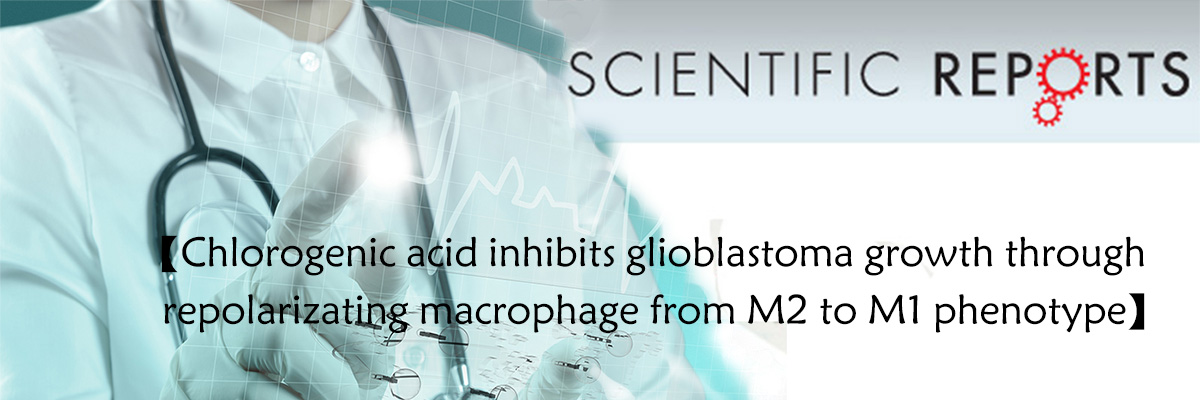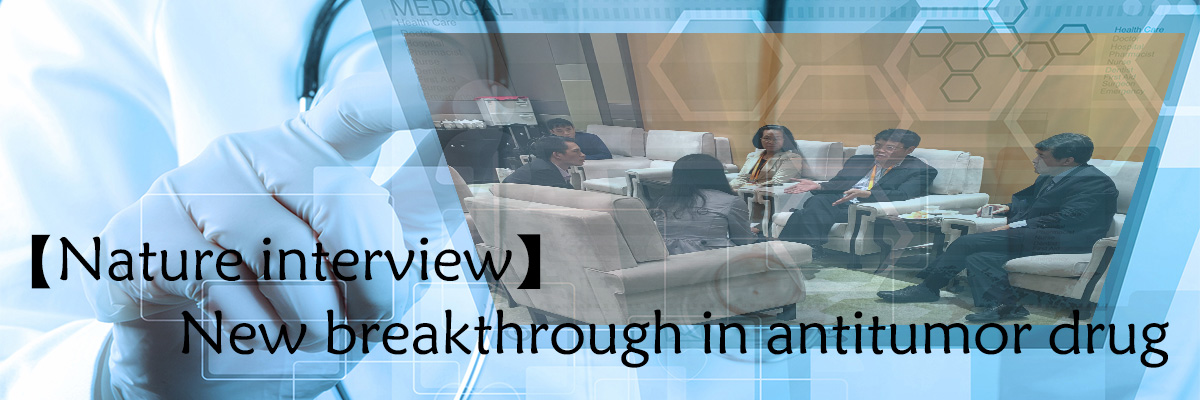There are two types of cells often remain active in brain, namely neurons and glial cells. Scientists have long believed that glial cells are a type of supporting cell, but more and more studies show that glial cells play an important and positive role in the communication between brain neurons. In addition, glial cells are involved in the development of neurodegenerative diseases.
Recently, one research published in Cell Stem Cell, scientists from the University of Mainz Medical Center in Germany had made important findings through the research. These findings may help researchers to elucidate the changing of glial cells in the process of neurodegenerative diseases. In the article, the researchers revealed how glial cells developed from neural precursor cells in the brain. The researchers said that the differentiation process involving three stages and three transcription factors played an important role in the glial-specific transcription of genes in tissue nuclei.
Glial cells are usually divided into three basic types: astrocytes, oligodendrocytes and microglia. The first two types of cells are so-called large glial cells. Astrocytes are the most common cell type, accounting for 80% of glial cells, which are derived from radial glial cells or neural precursor cells. In this study, researchers applied RNA sequence technology to analyze all genes in the cells that were transcribed at a specific time point (the differentiation process involving the above three processes). In the first stage, astrocyte precursor cells after formed were proliferated by cell division; in the second stage, these astrocyte precursor cells developed into young immature astrocytes, but It no longer divided; the third stage promoted the complete maturation of astrocytes and their conversion into functional cells.
Berninger explained that the study showed that the formation process of astrocytes was in a dynamic process and different genes were activated at different stages of their formation. These genes were specifically transcribed by each stage. In addition, the researchers also found that the transcription factors NFIA and ATF3 were important for the differentiation of astrocyte progenitor cells into early astrocytes, from early differentiation of astrocytes into astrocytes. In the process, Runx2 was an essential transcription factor of this process.
The previous studies had showed that dysfunction of gene expression of astrocytes can have toxic effects on neurons, and then neurons would die, which was the main feature of neurodegenerative diseases. Now researchers have a deep understanding of the process of astrocyte formation and they also have found the mechanism by which these cells detach from normal procedures. The researchers speculated that the transcription factor Runx2 may play an important role in inhibiting the reactivation of astrocytes. The activation of astrocytes was not meant to be toxic, but it was a prerequisite for toxicity. In the following study, the researchers will also delve into how to manipulate Runx2 to inhibit the neurotoxic effects of astrocytes and how they promote neuronal cell death.







